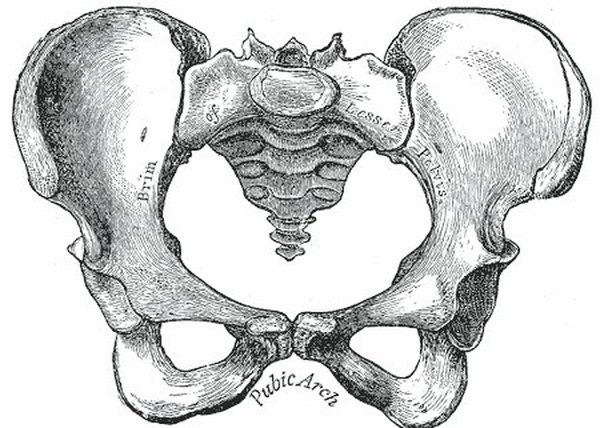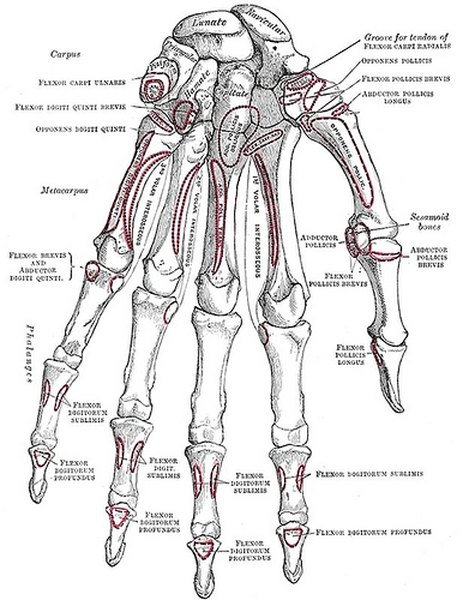
The bones of the skeletal system allow the body to move and give it its shape. The adult skeletal contains 206 bones. Babies are born with more bones, but some of the bones fuse together during growth and development. Bones make up about 15 percent of total body weight, and although they aren’t bones, teeth attach to the jaw bones and are also part of the skeletal system.

The Skeleton Supports the Body
The skeleton system provides the body with structure, support and protection. Bones give the body its shape and provide a framework to anchor muscles and tendons. Without bones and muscles working together, it would be impossible to walk, run or jump. The skeleton also protects soft parts of the body, such as the brain, heart and lungs. Without the skeleton’s protection, it would be easier for an injury to one of these areas to have fatal results. Bone marrow located inside bones produces red blood cells, which transport oxygen, and white blood cells, which fight infections.

Bones in the Body
Bones can be classified by shape or by the region of the body where they are found. Five categories of bone shapes are long bones, short bones, sesamoid bones, flat bones and irregular bones. Long bones include arm and leg bones. Short bones are found in the hands and feet. Sesamoid bones are small, nugget-shaped bones located around joints or tendons. Ribs, shoulder blades and some bones in the skull are examples of flat bones. Bones that don’t fit into the other categories are considered irregular bones, such as vertebrae, hip bones and some skull bones. Bones can also be grouped by their location: upper limb, lower limb, thorax (chest), pelvis, head or back.
Teeth Aren’t Bones
Teeth are part of the skeletal system, but they are not bones; teeth are made of calcified tissue that is hardened, like bones. Teeth are imbedded in the jaw bones and each tooth is housed in a socket, or depression, in the bone. Inside each tooth are the pulp and roots, which contain blood vessels and nerves. Teeth are anchored in the sockets of the jaw bone by ligaments and a dental tissue called cementum. Babies aren’t born with teeth, but teeth begin to erupt through the gum tissue after a few months. The first set of teeth eventually fall out, and permanent teeth grow in their place. Children develop 20 teeth, which are replaced by 32 adult teeth. There are four types of teeth: incisors, canines, premolars and molars.
Causes of Skeletal Diseases
Bones can become weakened over time due to age, injury or deficiencies. Some diseases of the skeletal system can be caused by a traumatic event that results in bone fracture or damaged blood vessels that reduce blood flow. Infections can occur because of trauma, which can also lead to bone disease. Some medications, as well as consuming too much alcohol, can cause bone disorders. Sometimes, people are born with bone defects that cause their bones to weaken or grow improperly. Osteoporosis and Paget’s disease both cause bones to become weak and brittle with age. These two conditions typically affect people over the age of 50. A vitamin D deficiency can cause weakened and misshapen bones because this nutrient is essential to calcium absorption.
References
About the Author
A.P. Mentzer graduated from Rutgers University with degrees in Anthropology and Biological Sciences. She worked as a researcher and analyst in the biotech industry and a science editor for an educational publishing company prior to her career as a freelance writer and editor. Alissa enjoys writing about life science and medical topics, as well as science activities for children
Photo Credits
Andreas Vesalius. Brewbooks:Flickr.com
